From mindfulness to winefulness, mindful eating, movement, cooking, colouring in and even approaches to parenting - it seems you can affix ‘mindful’ to just about anything these days! Mindfulness can mean different things to different people and it’s clear that the mindfulness movement isn’t going anywhere anytime soon. But what exactly is mindfulness, anyway?
Although mindfulness has gone mainstream and will have surely landed on your radar or in your workplace at some point over last six years or so, it is a practice that actually goes back more than a few thousand years. For centuries, people have known that this practice of presence leads to positive outcomes for the mind and body. It seems now is the time for mindfulness to finally enjoy the spotlight, and many more are paying attention to how to pay attention.
The wisdom of mindfulness is therefore nothing new, but the science to support it sure is. The number of randomised controlled trials on mindfulness (considered to be the gold standard for clinical study), has grown drastically from 1 study between 1995‒1997 to 11 from 2004‒2006, to 216 from 2013‒2015. This rise in reputable research and rapidly growing evidence base explains some of the surge in interest seen in the Western world. Those looking for effective ways to alleviate anxiety, depression, chronic pain, and generally improve their performance have also promoted the mindful pathway as a viable one. Even certain celebrities have candidly shared insights into their inner world and the role mindfulness plays in their lives. Whatever the cause - mindfulness is now more accessible and popular than ever before. It is being applied in all kinds of contexts from corporate workplaces to school classrooms to health departments to prison in-reach programs. Perhaps it is this adaptability that makes it so popular and means more people in more places are now choosing to try it out and move through life with a little more presence.
I define mindfulness as a way of curiously noticing what’s going on, without getting too caught up in it. It essentially describes the quality of paying attention to the present moment, and your capacity to do so. When you do this with an open mind and heart, you’re more likely to see things as they actually are, without the filter of your thoughts or judgements getting in the way, creating stories or skewing your perspective.
Mindfulness a simple yet profound practice that absolutely anyone can do. It’s highly accessible, super adaptable and offers something at every age and stage of life. The best way to build your skills in mindfulness is through meditation. Given the secular nature of mindfulness meditation practice (i.e. you don’t have to believe in anything in particular to give it a go) you can simply think of mindfulness meditation as a simple and highly effective way of training your brain to focus on the present and experience ‘now’, in all it’s glory.
These days, a diverse cross-section of society are replacing non-stop distractions with weaving mindful moments into their everyday lives - and reaping the benefits. To help you pay attention to the present moment more often, you can anchor the mind and bring your full attention to all sorts of different experiences such as the breath, the body, physical sensations, eating, moving, sights, sounds or anything else. You can practice mindfulness ‘formally’ through mindfulness meditation, or more ‘informally’ with brief mindful moments on the go, as you move through your day. Both approaches have their benefits and will help you to return to right now. It’s important to remember that consistency is key here. Mindfulness isn’t a magic cure for anything, but it really does work on many levels to elevate your consciousness and create more calm, if you take the time to practice regularly (even briefly around that busy schedule of yours).
To refine your mindfulness skills, begin with a brief guided mindfulness meditation for just a few minutes. This will help you to experience mindfulness, practice presence and develop a sense of inner stillness that grows over time. If you’re a beginner, just start simply - a few minutes will do and it’s ok to find a way that works well for you. Keep in mind that thoughts will pop up and your attention will drift… this is completely normal and doesn’t mean you’re doing anything wrong! It’s all part of the practice when you start turning your attention inwards.
In my new book I share beginner’s guided mindfulness meditation practices and smart, simple steps to help you create regular routines that will work in well with your lifestyle. There’s also loads of quick and easy exercises to integrate more mindful moments into your day that will take very little time or effort but actually work wonders in helping you to live life calmer and happier.
Are you ready to #discovermindfulness? Why not make the conscious choice right now to take a step in a more mindful direction today, stick with it again tomorrow, and see what happens next …


